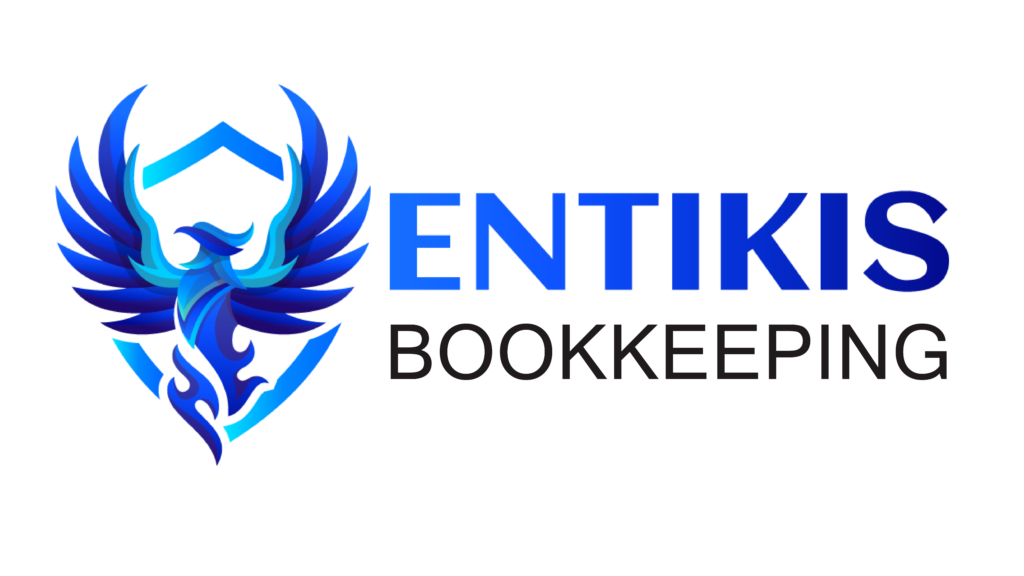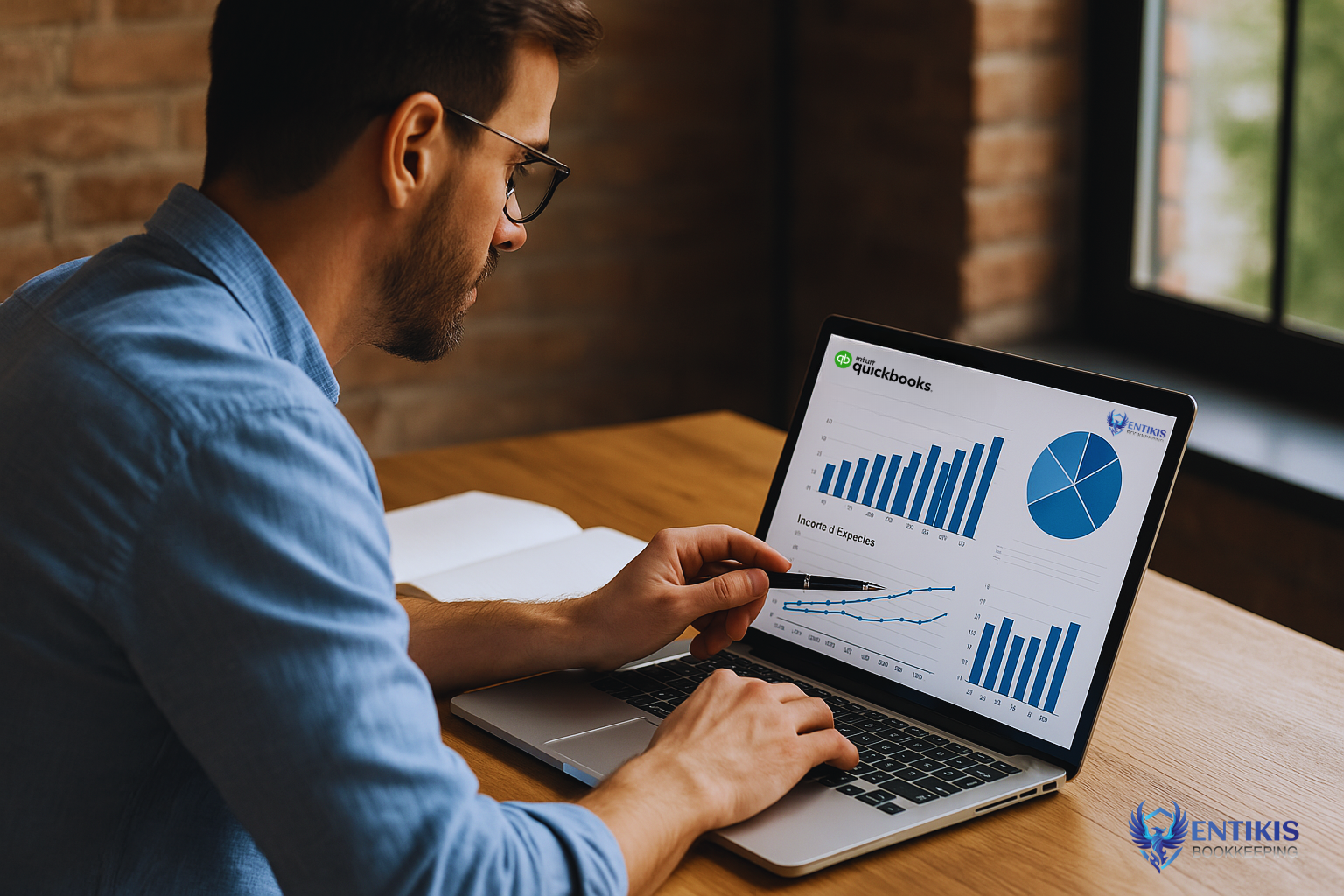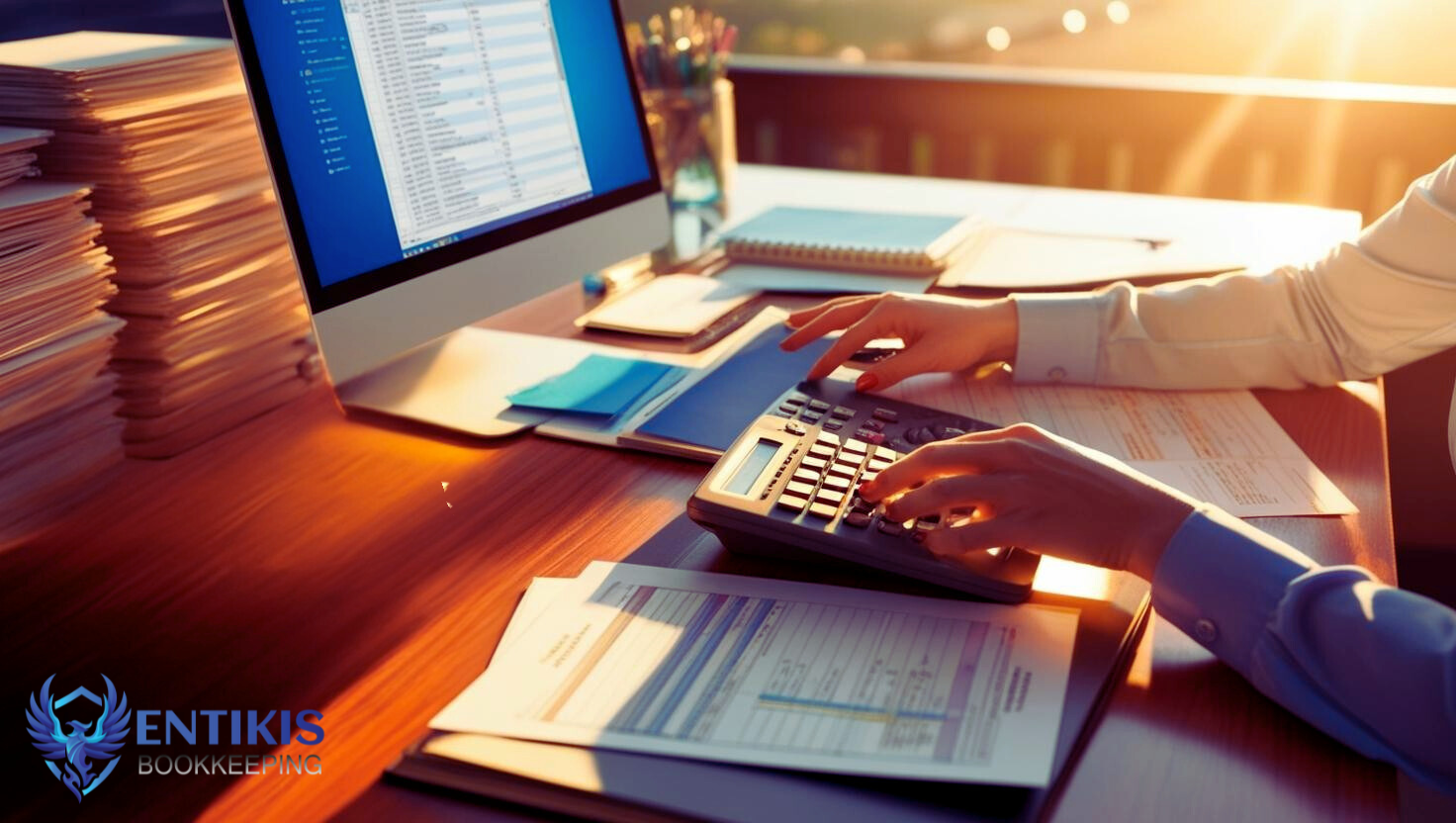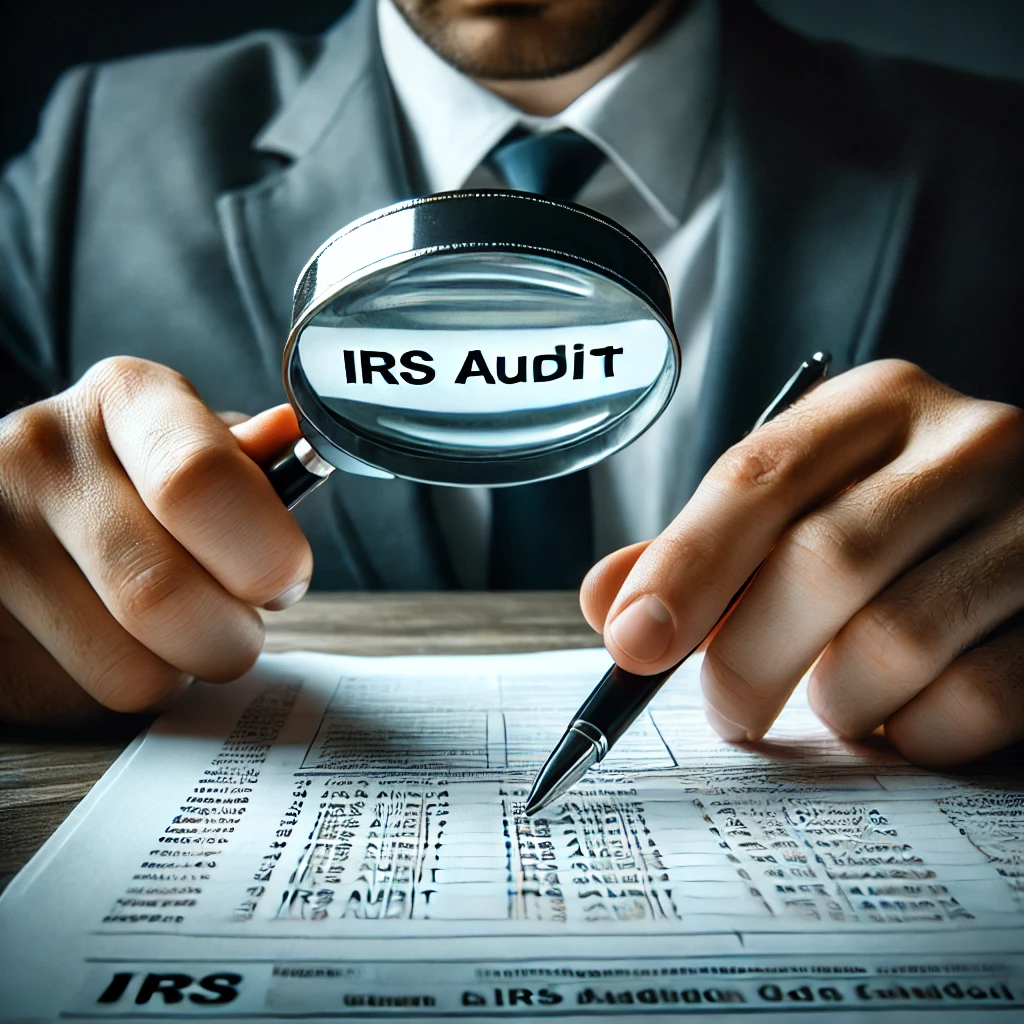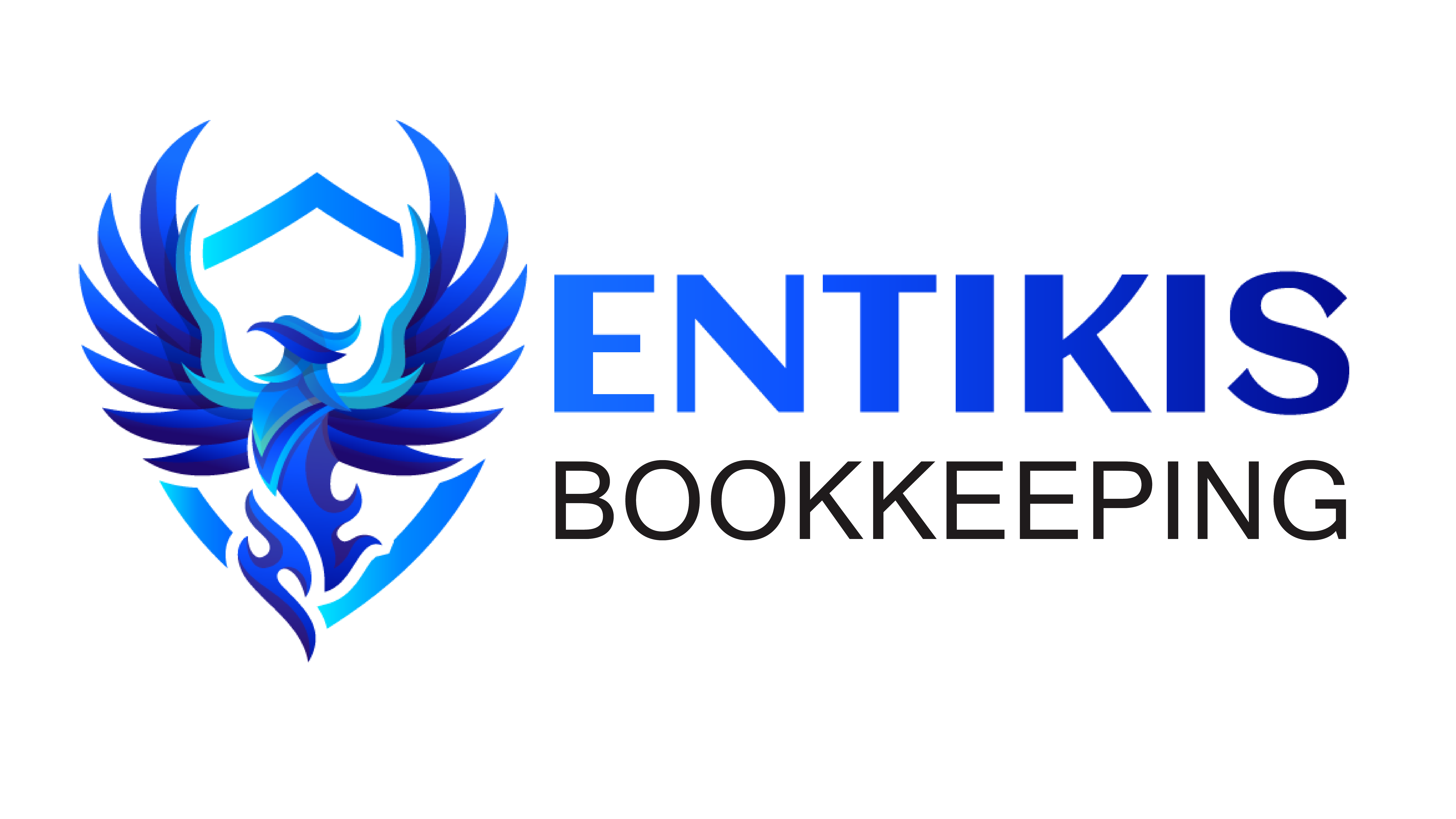
Leases are an essential part of many businesses, particularly for assets such as real estate, vehicles, and equipment. Proper Accounting For Leases is crucial for the accurate portrayal of a company’s financial position. Here are some tips to help you navigate lease accounting:
1. Understand Lease Classifications (Accounting for Leases):
First, understand the type of lease you are dealing with. There are two main types: operating leases and finance leases (known as capital leases in the US). Operating leases are treated like rental contracts, while finance leases are treated like loans to purchase the asset.
2. Identify Lease Components:
It’s crucial to identify and separate the components of a lease agreement, such as lease and non-lease components. Non-lease components can include maintenance or other services provided by the lessor.
3. Know the Lease Term:
The lease term affects the classification of the lease and the lease liability. It includes any periods covered by an option to extend the lease if the lessee is reasonably certain to exercise that option.
4. Determine the Lease Liability:
Lease liability is the present value of lease payments over the lease term. The discount rate is typically the rate implicit in the lease if it is readily determinable. If not, the lessee’s incremental borrowing rate is used.
5. Recognize Right-of-use (ROU) Asset:
For both types of leases, lessees must recognize a ROU asset on the balance sheet. The initial measurement of the ROU asset includes the initial lease liability, plus any initial direct costs, lease payments made before or at commencement, and less any lease incentives received.
6. Perform Regular Updates:
The carrying amount of the lease liability and ROU asset should be reassessed at each reporting date. This includes updating the lease liability for interest and payments and depreciating the ROU asset.
7. Disclose Adequate Information:
According to ASC 842 (the new lease accounting standard issued by the Financial Accounting Standards Board), lessees are required to provide detailed disclosures in their financial statements to enable users to assess the amount, timing, and uncertainty of cash flows arising from leases.
8. Use Software Tools:
Managing and accounting for leases, especially for businesses with a large number of leases, can be complex. Therefore, using software tools designed to handle lease accounting can save a lot of time and reduce the chances of errors.
9. Stay Up-to-date with Regulations:
Lease accounting standards can and do change. For instance, the switch from ASC 840 to ASC 842 in the US brought about significant changes to lease accounting. So it’s essential to stay updated on the latest lease accounting standards and practices in your jurisdiction.
10. Seek Professional Advice:
Lease accounting can be complex and it is advisable to seek professional advice when in doubt. A certified accountant or a financial advisor can provide expert advice tailored to your specific situation.
Remember that these tips are just a guide. The specific details and implications of lease accounting can vary significantly depending on the specifics of the lease and the jurisdiction.
11. Implement Internal Controls:
Establishing robust internal controls is essential for ensuring the accuracy and integrity of lease accounting processes. Internal controls help mitigate the risk of errors, fraud, and non-compliance by outlining procedures for lease documentation, review, approval, and reconciliation. By implementing effective internal controls, businesses can enhance transparency, accountability, and reliability in lease accounting practices, reducing the likelihood of financial misstatements or irregularities.
12. Conduct Lease Audits:
Regular lease audits can help ensure compliance with lease agreements, identify potential errors or discrepancies, and optimize lease terms and conditions. Lease audits involve reviewing lease agreements, lease payments, lease terms, and other lease-related documentation to confirm accuracy and completeness. By conducting lease audits, businesses can identify opportunities to renegotiate lease terms, eliminate unnecessary costs, and improve overall lease portfolio management.
13. Establish Lease Administration Policies:
Developing comprehensive lease administration policies and procedures is essential for maintaining consistency and efficiency in lease management processes. Lease administration policies should outline guidelines for lease negotiation, lease approval, lease tracking, lease documentation, and lease termination. By establishing clear and standardized lease administration policies, businesses can minimize the risk of errors, ensure compliance with lease agreements and regulatory requirements, and facilitate effective communication and collaboration among stakeholders involved in lease management.
14. Monitor Lease Compliance:
Monitoring lease compliance is critical for ensuring that lease agreements are adhered to and that lease obligations are met in a timely manner. Lease compliance monitoring involves tracking lease terms, lease payments, lease renewals, and lease-related requirements to ensure that businesses fulfill their contractual obligations and avoid potential penalties or legal issues. By implementing robust lease compliance monitoring processes, businesses can mitigate risks, maintain good relationships with lessors, and protect their financial interests.
15. Leverage Lease Negotiation Strategies:
Effective lease negotiation strategies can help businesses secure favorable lease terms, minimize costs, and optimize lease agreements to meet their specific needs and objectives. Lease negotiation strategies may include conducting thorough market research, negotiating lease terms and conditions, leveraging competitive bids from multiple lessors, and seeking concessions or incentives from landlords. By employing strategic negotiation tactics, businesses can achieve more favorable lease terms, reduce financial risks, and enhance the value of their lease portfolios.
16. Consider Lease Buyout Options:
Continuous improvement is essential for optimizing lease accounting practices and maximizing the value of lease portfolios over time. By regularly reviewing lease processes, identifying areas for enhancement, and implementing best practices and lessons learned, businesses can continually refine their lease accounting strategies and adapt to changing business needs and industry trends. Embracing a culture of continuous improvement fosters innovation, efficiency, and excellence in lease management, ultimately driving long-term success and competitiveness in the marketplace.
17. Embrace Continuous Improvement:

Effective internal controls for lease accounting may include segregation of duties, authorization procedures for lease agreements and payments, periodic reconciliations of lease records with financial statements, and regular reviews of lease-related activities by management or internal audit teams. These controls help identify and address discrepancies, errors, or inconsistencies in lease data and financial reporting, ensuring adherence to lease accounting standards and regulatory requirements.
In addition to enhancing financial reporting accuracy, strong internal controls can also improve operational efficiency and risk management by promoting consistency, reliability, and compliance in lease administration processes. By prioritizing the establishment and maintenance of effective internal controls for lease accounting, businesses can safeguard assets, maintain investor confidence, and support informed decision-making for lease-related activities.
By embracing continuous improvement initiatives, businesses can stay agile and responsive to evolving lease accounting standards, regulatory requirements, and market conditions. This proactive approach enables businesses to identify and capitalize on opportunities for cost savings, risk mitigation, and value creation within their lease portfolios. Additionally, by fostering a culture of continuous improvement, businesses can empower employees to contribute ideas, share insights, and drive positive change in lease accounting practices, resulting in more effective and efficient lease management processes overall.
In conclusion, by prioritizing continuous improvement in lease accounting practices, businesses can enhance their financial performance, mitigate risks, and unlock new opportunities for growth and success. Through ongoing evaluation, innovation, and optimization, businesses can achieve excellence in lease management and position themselves as leaders in their respective industries.
If you are looking for professional bookkeeping services, please contact Entikis Bookkeeping at Admin@Entikis.com. We offer professional bookkeeping services for businesses in Fort Worth and the surrounding Tarrant County Metroplex.
